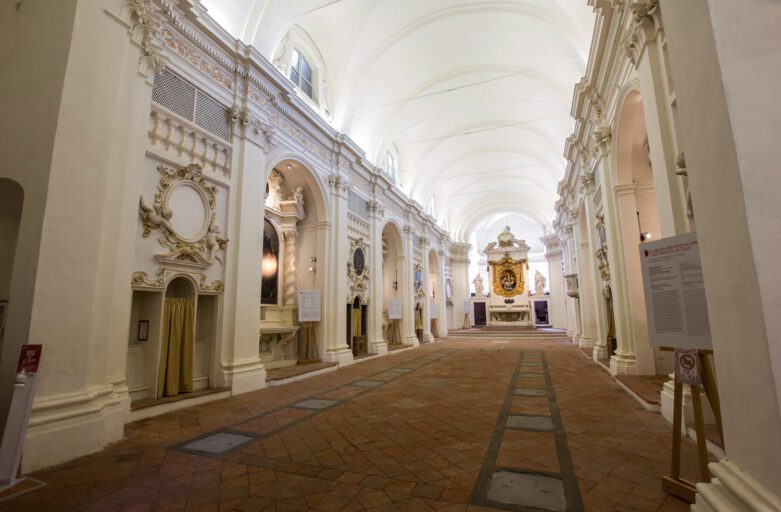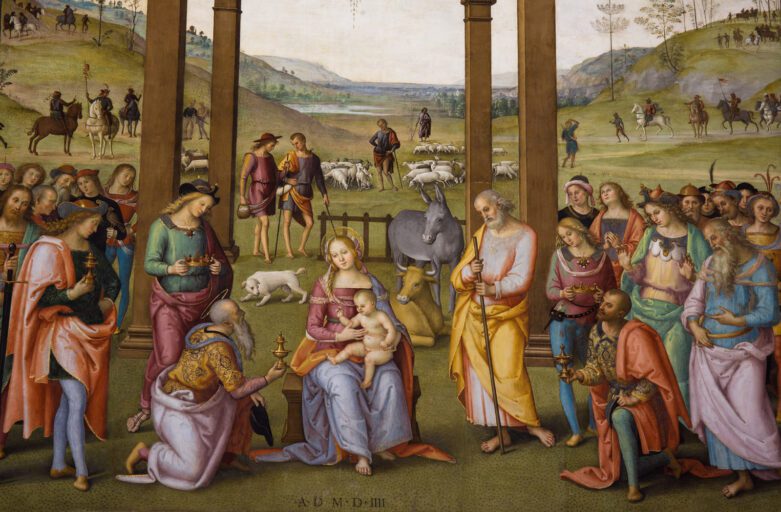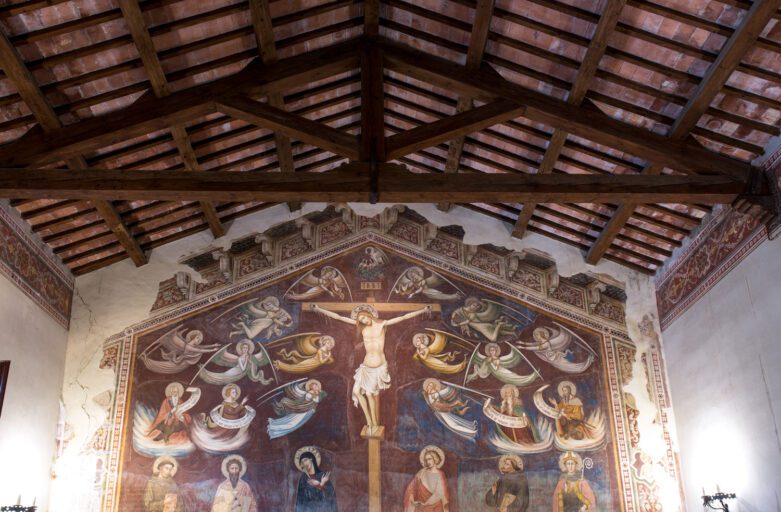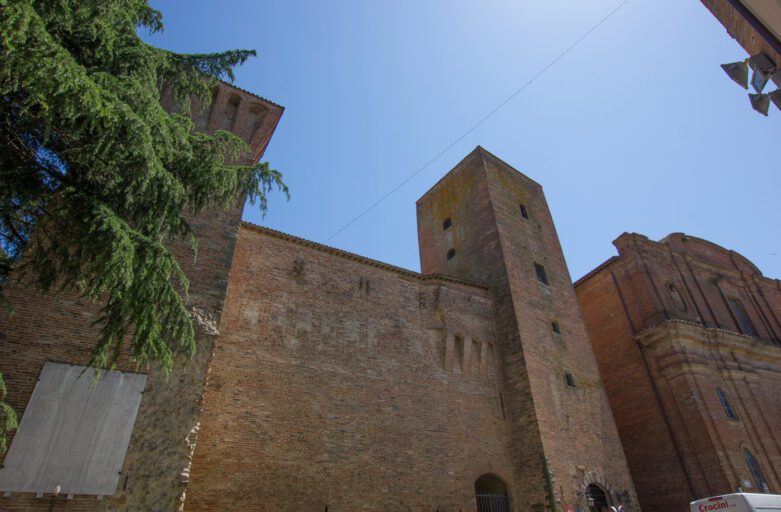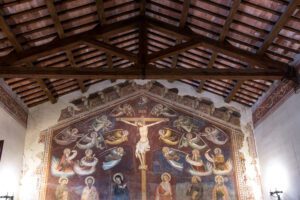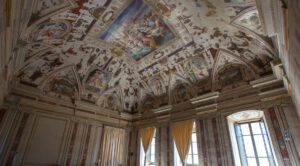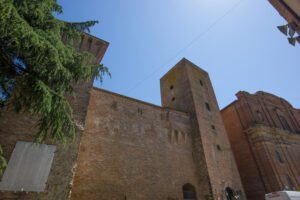A Museum inside a Church
It is quite unusual to find a church used as a museum. This is however the case with the Museo Civico-Diocesano, the Communal/Church Museum existing inside the Church of Santa Maria dei Servi (“Saint Mary of the Servants,” with reference to the religious Order of the Servants of Mary) in Città della Pieve.
Thanks to the careful restoration the building has undergone, it is now possible to distinguish the different artistic styles it “wore” during the centuries. Very precious works, among which Perugino's frescoes, embellish the side chapels of the museum/church; while Etruscan finds are on exhibition in the crypt, underground
Saint Mary of the Servants: Its History
In Città della Pieve, just outside the Medieval town walls, you can find the Church of Santa Maria dei Servi. Here, as with other buildings in this town – for example the Cathedral – there has been a sequence of architectural phases, so that the structure underwent many changes in the course of history.
The original core of the building dates back to 1260, when the Servants of Mary built a small “oratory” (place for prayer) not far from the town gate called Porta Romana. A few years later they would start to build a bigger church, that adopted the forms of Gothic art and followed the architectural pattern of the churches belonging to the so-called “mendicant Orders.”
In the church's interior you will perceive a harmonious atmosphere thanks to the chromatic predominance of white and a space framed in one nave, ending in a square apse with a cross vault.
In 1538 the church was consecrated, and dedicated to the Santissima Annunziata, the Annunciation of Virgin Mary; while the whole building was renewed according to Baroque standards.
The Museum Inherits Cultural Drives
In the same years in which the above-mentioned changes occurred, the whole town experienced a great cultural development. The church dedicated to the Saint Gervasius and Protasius became the Cathedral, while the wealthy Della Corgna family moved to Città della Pieve. This promoted the activity of many artists, who painted the works that still embellish the wonderful Baroque altars in the side chapels of Saint Mary of the Servants.
In 1834 a German painter and art historian, Anton Ramboux, made an important discovery in the first chapel on the right: a fresco showing Christ's Descent from the Cross, a major example of the late works of Perugino. A dramatic, tragic sentiment is expressed by Mary fainting – clearly enough, a visual memory from Giotto (Scrovegni Chapel, Padua). At the same time, the composition appears refined, solemn, immediate in its meaning.
The Crypt
The church/museum includes a beautiful crypt, with an unplastered vault in bricks. Here, Etruscan finds from San Donnino (a suburb of Città della Pieve) are kept. They belonged to an Etruscan grave discovered in 2015 in the nearby valley, currently called Chiana Romana.
INFO
Location
Via Beato Giacomo Villa, 5, 06062 Città della Pieve PG
Contacts
info@secretumbria.it
